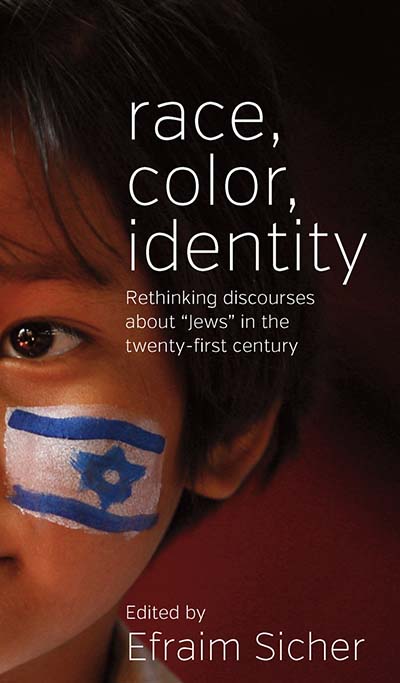Mixed FeelingsPosted in Articles, Asian Diaspora, Autobiography, Campus Life, Identity Development/Psychology, Judaism, Media Archive, Religion, United States on 2014-05-26 06:04Z by Steven |
North by Northwestern
Northwestern University’s leading independent online publication
Evanston, Illinois
2014-05-22
Sarah Turbin, Class 0f 2016
Medill School of Journalism
There’s no question quite like it. “What are you?” has trailed behind me my whole life, tapping me on the shoulder with a different lilt to its tone each time: curious, doubtful, complimentary, surprised, sympathetic.
I used to respond with what I thought was simplest. “I’m half-Japanese and half-white.” Still no good – that, too, is typically met with more curious inquiries about the nature of my whiteness (eastern European, mostly) and questions about which parent is the Asian one (hold on, I’m getting to it).
My class, the class of 2016, is listed on Northwestern’s Office of Undergraduate Admission website as 8 percent African-American, 1 percent American Indian/Alaska Native, 20 percent Asian, 9 percent Hispanic, 7 percent international students and 55 percent white. This adds up to 100. Here, on one of the first pages that parents and high school students might look at when dancing with the idea of applying to our school, I am incorrectly listed. There’s not even a meager “other” category to be found.
Samantha Yi, a Weinberg junior, isn’t bothered by the question. “All growing up, people would ask me,” Yi says.
Yi’s father is Korean, and her mother is Jewish, of Russian and Polish descent. She identifies as Jewish Asian-American. “I think, recently, I’ve been thinking about [the question], because it’s been in the Northwestern discourse – ‘Is that a microaggression?’”
But Yi attributes the question as an attempt to understand. “I think it’s linked to a curiosity about who I am … it just makes me realize that, oh, a lot of people didn’t grow up like me, with mixed-race families,” she says.
When I do answer to that curiosity, I stick to the barest of bones by describing my parents, though they weren’t even in the question to begin with. It’s almost down to a science. “My mom is Japanese, and my dad is a Jewish guy from Illinois.” Yes, good. All of the bases are covered.
For some, the question feels constraining. Weinberg senior Amrit Trewn identifies “generally speaking, as just black.” His mother is African-American, and his father is Indian. Strangers, peers and professors alike have asked him the question, and Trewn does not always oblige by giving an answer…
…Nitasha Sharma, a professor of African-American Studies and Asian American Studies at Northwestern, has done research on mixed-race studies. She taught “Hapa Issues,” a course that was previously offered at Northwestern and focused on the experience of people who are hapa – “hapa” being a Hawaiian term meaning “half” that has evolved into denoting a person who is partially of Asian or Pacific Islander descent.
Sharma notes that the spectrum of reactions to the “What are you?” question is telling. “Like black, Asian, white, middle-class, college student – like any category, you’re going to have a huge diversity of views … and part of it is that people change how they feel about that question over the course of their lives.”…
Read the entire article here.



